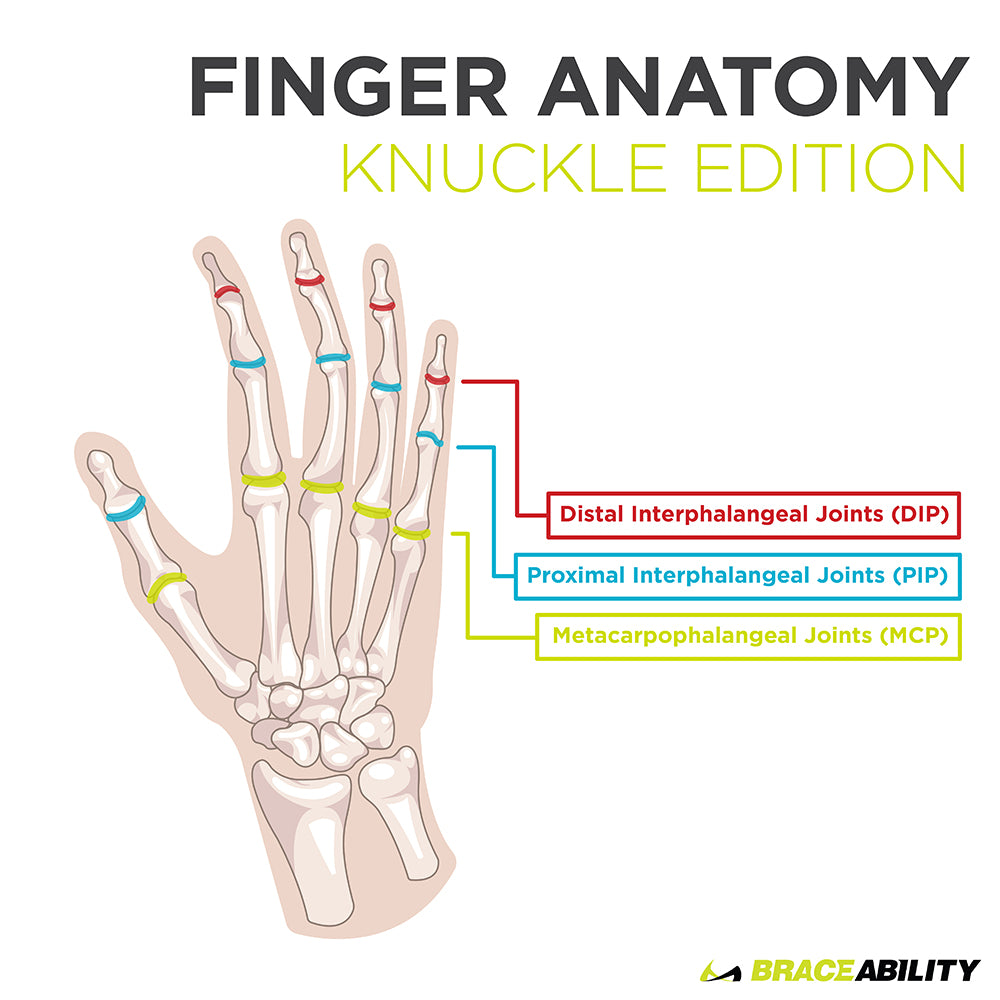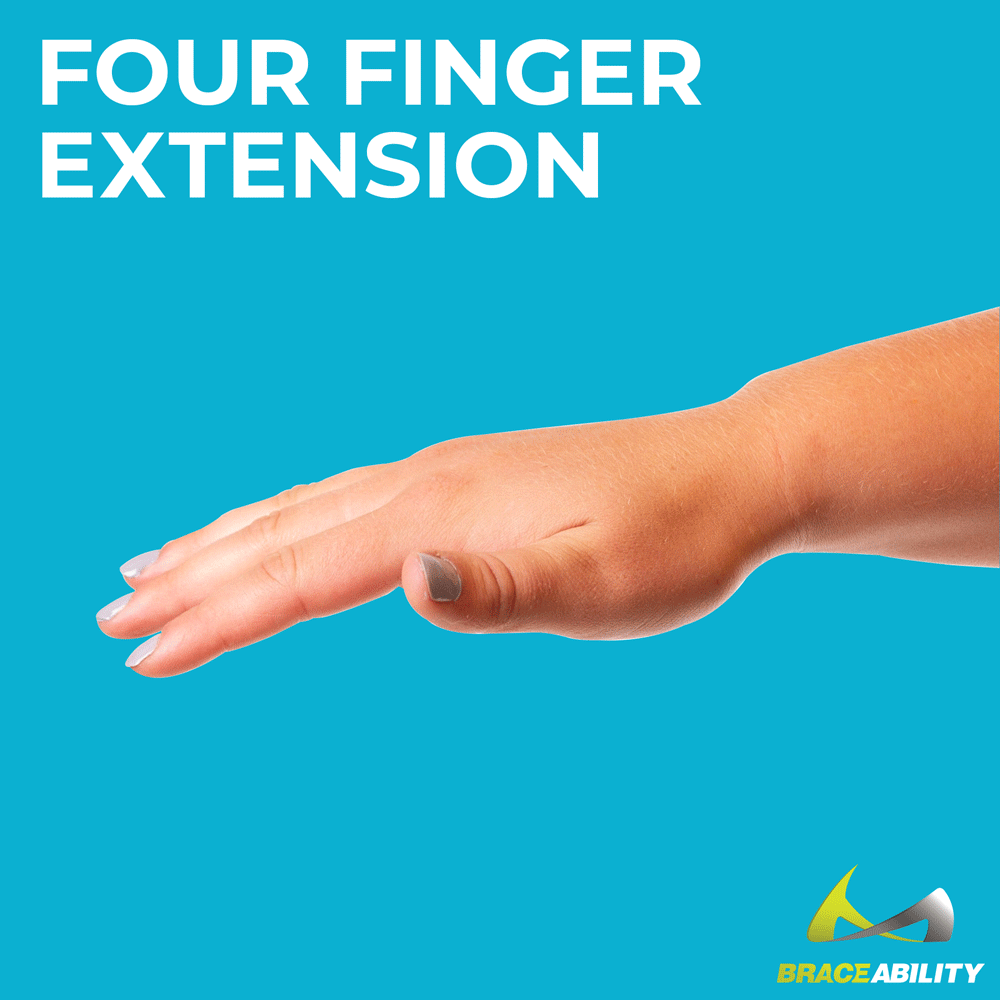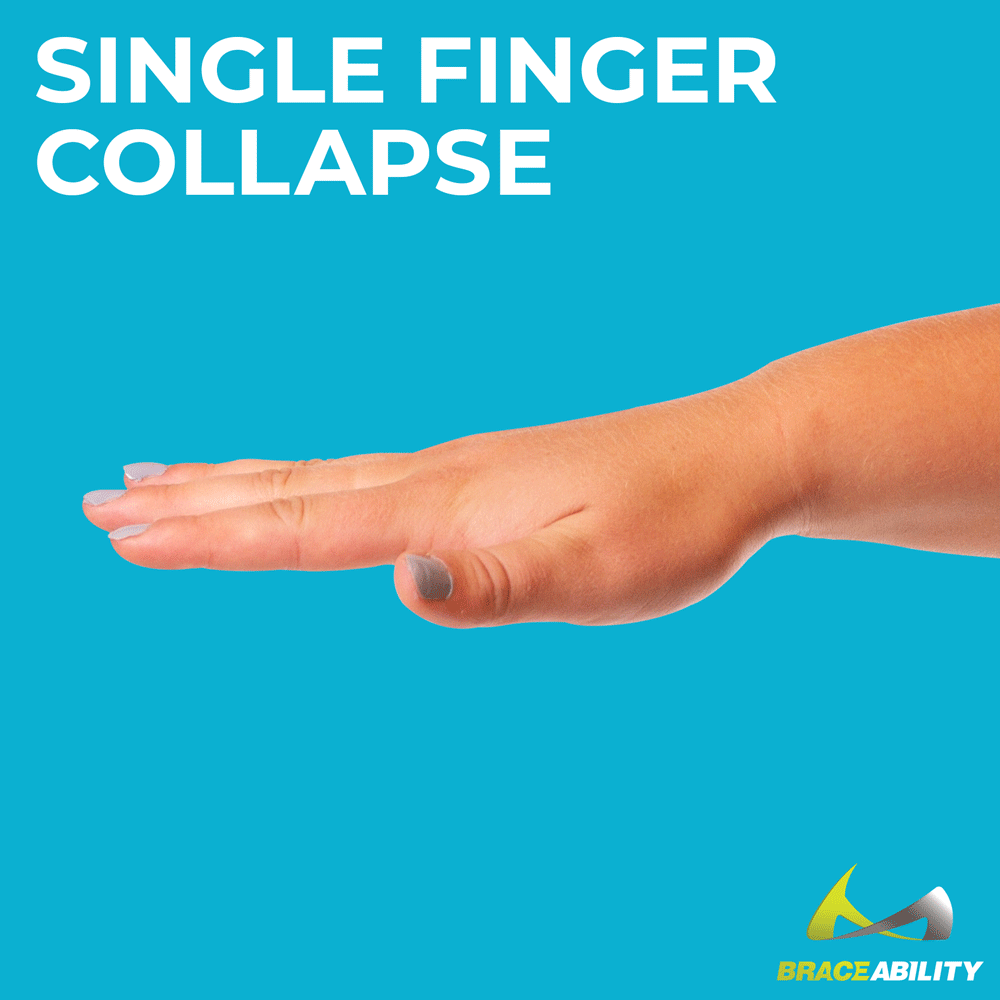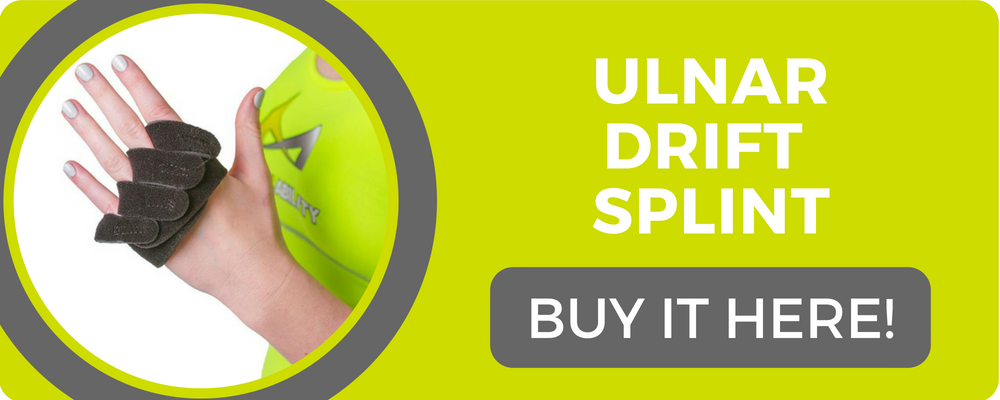Your Finger Joint Pain is Probably Caused by Arthritis
Since your fingers are being used constantly, they are at higher risk for pain and injury. Finger pain and soreness are caused by a change in the structure of your blood vessels, joints, tendons, bones, muscles or connective tissues. If your finger joint is swollen, stiff, or painful you most likely have a form of arthritis in your fingers. If you live in the United States, it is highly likely that you have heard of Arthritis, the inflammation of joints. With over 100 specific types, Arthritis is the most common chronic illness in the U.S.
To better understand where your pain may be coming from, it’s important to have a grasp on how your fingers function. Your finger is constructed of three main parts: ligaments, tendons, and bones. Surprisingly, there are actually no muscles in your fingers. You must be thinking… How are my fingers able to move then? Well, the muscles of your forearm pull on the tendons in your fingers, allowing them to move.
Finger Anatomy
There are three different knuckles in your fingers. The knuckle between your hand and your finger is called the metacarpophalangeal joint (MCP). This knuckle is most commonly injured in closed-fist activities. The next knuckle, located in the middle of your finger, is called the proximal interphalangeal joint (PIP). The most common injuries for this knuckle occur during sporting events when an object strikes the finger directly. The third knuckle, nearest to your fingernail, is called the distal interphalangeal joint (DIP). This typically involves a fracture of a torn tendon if there is an injury. If you are experiencing finger joint discomfort and pain, it’s important to identify the where it’s coming from. Let’s take a closer look at forms of arthritis that may be causing this pain.

What’s the Difference Between Joints and Knuckles in your Fingers?
The words ‘joint’ and ‘knuckle’ are nearly interchangeable when the conversation is regarding your fingers. ‘Joint’ is used when referring to any part of your body (where 2 bones join together). ‘Knuckle’ is used when referring to the specific joints in your fingers.
Signs that your Finger Joint Pain is Caused by Rheumatoid Arthritis
- Joints are warm to the touch
- Pain and stiffness when you wake up
- Hand and finger pain
- Swelling
- Stiffness
Rheumatoid Arthritis occurs due to an overactive immune system and results in the swelling of joints. It affects the lining of your joints which can result in bone erosion and joint deformity. The tendons and ligaments that hold the joint together can gradually weaken and stretch also.
Rheumatoid Arthritis Treatments
- Rest
- Splints and aids that take pressure off
- Physical therapy
Signs that your Finger Joint Pain is Caused by Osteoarthritis
- Bump on knuckle at end of finger (Heberden’s node)
- Bump on knuckle at middle of finger (Bouchard’s node)
- Local pain
- Stiffness
- Tenderness
- Swelling of affected joints
Osteoarthritis is the common form of arthritis and affects over 20 million people in the United States. This form of arthritis is caused by the breakdown of cartilage. Cartilage is the cushion in between the bones of the joints. When this cartilage breaks down, the bone becomes swollen. This can lead to a bone spur in the joint.
Osteoarthritis Treatments
- Splinting
- Anti-inflammatory medications
- Cold/heat applications
Signs that your Finger Joint Pain is Caused by Juvenile Idiopathic Arthritis (JIA)
- Joint pain
- Stiffness
- Reduced range of motion
- Redness
Juvenile Idiopathic Arthritis is the most common type of arthritis in children. In some cases, arthritis will only last a few months while other cases may last a few years. It is believed that JIA is an autoimmune disease caused by the immune system attacking harmless cells instead of dangerous cells.
Juvenile Idiopathic Arthritis Treatments
- Healthful diet
- Physical therapy
Signs that your Finger Joint Pain is Caused by Systemic Lupus Erythematosus (SLE)
- Swollen or painful joints
- Swelling of the whole hand
- Aching
- Tiredness
- Headaches
- Fever
SLE is an autoimmune disease that affects your joints and other connective tissues. Autoimmune diseases cause your body to attack the parts that are harmless, rather than the harmful parts. SLE is most common among women. It is three times more in African American women than Caucasian women. It is also more common in women of Hispanic, Asian, and Native American descent.
Lupus Treatments
- Lifestyle modifications
- Medication
Common Knuckle Pain Symptoms and What They Mean
If your finger joint is swollen or inflamed
- It is likely that you have some form of arthritis as this is a symptom of almost all forms. You may also be experiencing severe pain when pressed, a cyst-like bump, or stiffness at night or in the morning. It is encouraged that you should see your doctor to help identify which type of arthritis you have and the best treatment options.
If your knuckles feel stiff in the morning
- It is likely that you are experiencing a symptom of Rheumatoid Arthritis. In order to relieve this pain, you should practice different exercises that help increase flexibility and mobility of your joints. Applying ice to the joint can help reduce pain as well. A splint can also help to hold these joints still.
If your finger joint hurts when pressed
- You may have a form of arthritis. This pain can occur when driving, using a writing utensil, or anything else that applies pressure to your joints. A splint can help to reduce these symptoms. You should also practice different exercises that help increase flexibility and mobility of your joints. Applying ice to the joint can help reduce pain as well.
If you have a cyst, bump or lump on your finger
- You may have Osteoarthritis. Other symptoms include tender, aching, and sharp pain in joints. A splint can help to reduce these symptoms. You should also practice different exercises that help increase flexibility and mobility of your joints. Applying ice to the joint can help reduce pain as well.
If you have pain in only your middle finger knuckle joint
- It could be a symptom of an early onset of arthritis. Pain in only one joint is called monoarticular pain. In most cases, monoarticular pain is the first symptom you experience a condition. You should practice different exercises that help increase flexibility and mobility of your joints. Applying ice to the joint can help reduce pain as well.
If your pinky finger joint hurts
- You may have a form of arthritis. This pain may occur when you are doing things like using your pinky finger as a balance for your smartphone or anything else that may apply pressure to that area.
If your fingers hurt when you bend or straighten them
- This could be a symptom of Trigger Finger. Other symptoms may include locking or snap of fingers when you straighten or bend them and swelling of fingers. A brace can help reduce pain from trigger finger.
3 Simple Exercises to Relieve Index Finger Joint Pain & Swelling
Four Finger Extension
- Hold fingers out straight
- Slowly make a fist
- Hold thumb on outside of hand
- Open your hand back up and straighten fingers
- Repeat 10 times

Single Finger Collapse
- Hold hand vertical with fingers straight
- Bend index finger toward palm
- Straighten index finger again
- Bend middle finger toward palm
- Straighten middle finger again
- Repeat with all fingers

Ball Grip Exercise
- Find a soft foam ball
- Squeeze ball
- Relax hand
- Repeat













